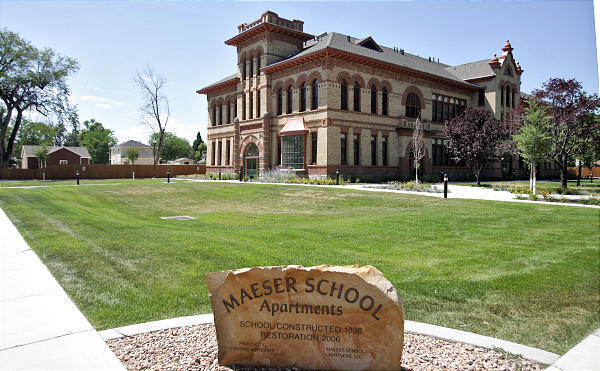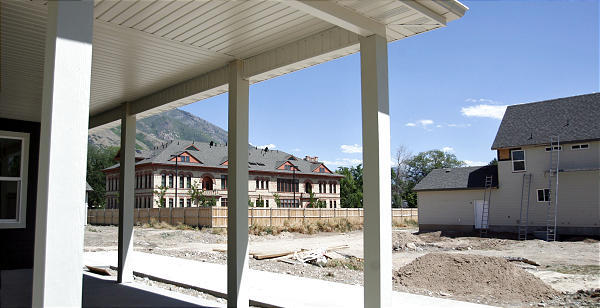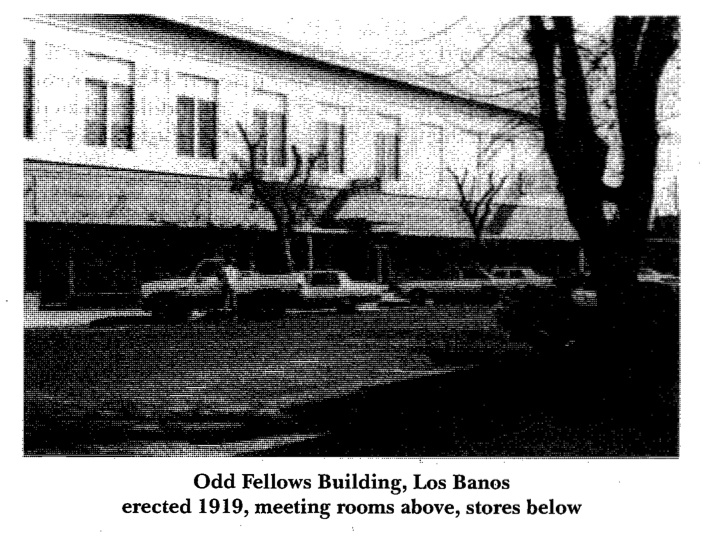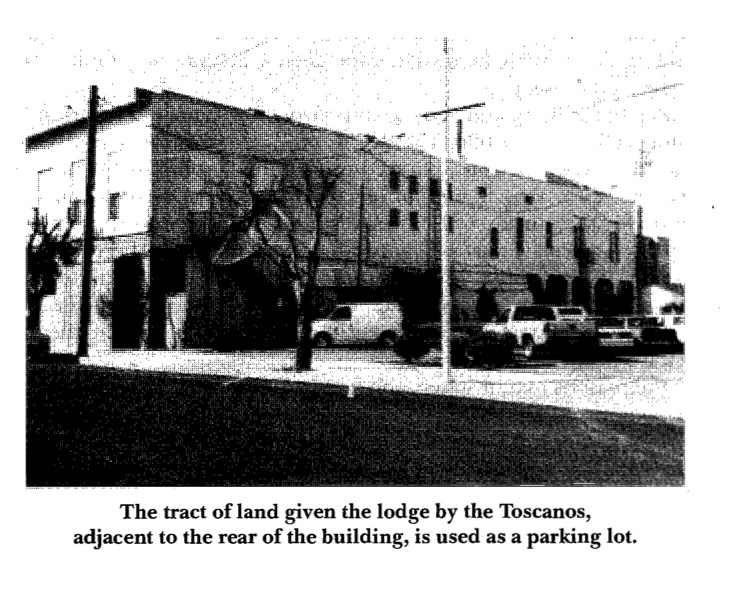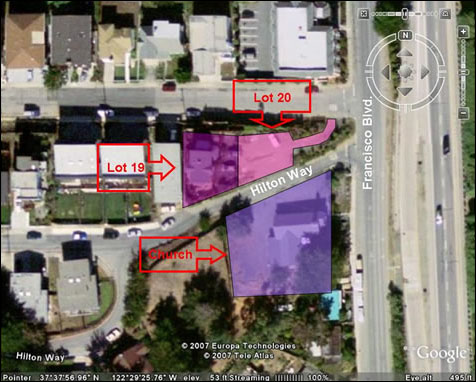In the past, I have chronicled the Supreme Court’s criticism of the Solicitor General for abandoning a position that previous Administrations adopted. Judge Posner addressed this political dynamic in Sandifer v. United States Steel Corp, which the Court granted Cert on today.
The Department of Labor has participated as an amicus curiae in this appeal on the side of the plaintiffs, and we end by considering what weight we should give its views. During the Clinton Administration the Department took a narrow view of the meaning of the term “clothes” for purposes of determining whether time spent in changing in and out of work clothes could be excluded under section 203(o ) from the FLSA’s minimum wage and overtime provisions. See U.S. Dep’t of Labor, Opinion Letter, 2001 WL 58864 (Jan. 15, 2001); Opinion Letter, 1997 WL 998048 (Dec. 3, 1997). During the Bush Administration the Department took a broad view—broader than we take—of what “clothes” means in the FLSA, and added that clothes-changing time excluded under section 203(o ) could not be a “principal activity” under the Portal–to–Portal Act. U.S. Dep’t of Labor, Opinion Letter, 2007 WL 2066454 (May 14, 2007); Opinion Letter, 2002 WL 33941766 (June 6, 2002). After the change in administrations in 2009 the Department reverted to the Clinton Administration’s position on “changing clothes” and also rejected the Bush Administration’s position on “principal activity.” U.S. Dep’t of Labor, Administrator’s Interpretation No. 2010–2, 2010 WL 2468195 (June 16, 2010). Such oscillation is a normal phenomenon of American politics. Democrats are friendlier to unions than Republicans are, though we cannot see how a decision in favor of the plaintiffs in this case would help unions. (No union is a party to this case or an amicus curiae.)
Naturally the Department of Labor does not acknowledge that its motive in switching sides was political; that would be a crass admission in a brief or in oral argument, and unlikely to carry weight with the judges. The Department says instead that it is right as a matter of law and that the position the Department took in the Bush years is wrong; it adds that since it enforces the Fair Labor Standards Act its (current) position should carry weight with us. But all the Department does to demonstrate the “rightness” of its current position is to echo the plaintiffs’ arguments. Nowhere in the Department’s brief is there a reference to any institutional knowledge of labor markets possessed by the Department’s staff—or to anything indeed to which the parties might not have complete access—that might help the court to decide the case sensibly; and at the oral argument the Department’s lawyer acknowledged this void. All that the Department has contributed to our deliberations, therefore, though it is not quite nothing, is letting us know that it disagrees with the position taken by the Bush Department of Labor; for if it were silent, from which one might infer that it agreed with that position, it would be inviting U.S. Steel to argue that the Department of Labor had been consistent, at least since 2001, and thus across Administrations controlled by opposite political parties, in rejecting the plaintiffs’ position.
It would be a considerable paradox if before 2001 the plaintiffs would win because the President was a Democrat, between 2001 and 2009 the defendant would win because the President was a Republican, and in 2012 the plaintiffs would win because the President is again a Democrat. That would make a travesty of the principle of deference to interpretations of statutes by the agencies responsible for enforcing them, INS v. Cardoza–Fonseca, 480 U.S. 421, 446 n. 30, 107 S.Ct. 1207, 94 L.Ed.2d 434 (1987), since that principle is based on a belief either that agencies have useful knowledge that can aid a court or that they are delegates of Congress charged with interpreting and applying their organic statutes consistently with legislative purpose. We are not surprised to discover that courts of appeals that have reached varied conclusions on the issues presented by this appeal have come together in spurning, as Judge Wilkinson has put it, “the gyrating agency letters on the subject.” Sepulveda v. Allen Family Foods, Inc., supra, 591 F.3d at 216 n. 3; see also Salazar v. Butterball, LLC, supra, 644 F.3d at 1139; Franklin v. Kellogg Co., supra, 619 F.3d at 612–14; Alvarez v. IBP, Inc., supra, 339 F.3d at 905 n. 9; contra, Anderson v. Cagle’s, Inc., supra, 488 F.3d at 956–57.
Though, Judge Posner can’t be too popular at the Court now. Let’s see if Justice Scalia writes a spite-concurrence.
H/T Steve R.






